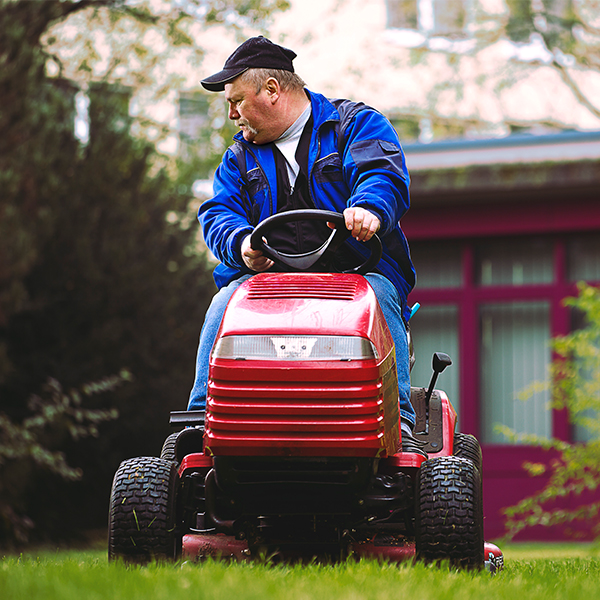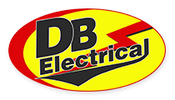When spring arrives, it’s time to awaken lawn tractors and mowers out of their winter slumber. A bit of nervousness is common when starting up outdoor power equipment for the first time. The winter off-season is often all it takes for some components to retire from service. That’s why now is a great time to check out your lawn tractor or mower and get it in shape with new parts for the upcoming lawn cutting season.
When it’s time to start your engines, it’s critical that the electrical system is in good working order. Electrical parts affect everything from how easily your tractor or mower starts to how well it runs after starting.
Here are 6 essential parts for a flawlessly running electrical system:
- Starters: If the engine is not turning over, but you can hear a clicking sound, the starter is highly suspect as the problem. The presence or absence of the clicking sound is important to note because there could be several reasons why the engine won’t start, including a weak battery or another electrical component. You need to narrow down the suspects to pinpoint the problem. Other telltale signs of a bad starter include smoke, burning smells or freewheeling.
- Alternators: The alternator and battery work together as a team in the charging system. When an electrical system is failing, it’s often hard to determine if it’s the battery or the alternator that has failed. Sometimes it’s both because when one component fails, it can damage the other. A voltmeter can help you pinpoint the source of the problem.
- Ignition Coils: The job of the ignition coil is to deliver electric to the spark plugs. As you can imagine, if the ignition coil is not working properly, the engine won’t start. Signs of a failing ignition coil include hard starts, engine stalls and smoky exhaust.
- Spark plugs: Sometimes it’s really simple things that make lawn equipment sluggish. Old and worn spark plugs can make machines hard to start. Changing the plugs can restore new vitality.
- Solenoids: This electromagnet switch is the is the “middleman” part that completes the circuit to activate the starter. The solenoid accepts a small current from the ignition, which magnetizes the core of the solenoid and then functions as a switch. Over time, solenoids can deteriorate due to voltage surges, moisture damage or contamination from grime. Before replacing your solenoid, you’ll want to verify the problem is not simply caused by a loose wire connection from the solenoid to the starter, battery or ignition.
- Voltage Regulators: The name says it all for a voltage regulator. This component controls the flow of voltage to prevent spikes that could damage the battery, wiring system and other electrical accessories. A sign of a voltage regulator gone bad is when gauges act erratically. Because the performance of the voltage regulator can affect other electrical system components, you want to make sure it’s working properly.
With a little maintenance now, you’ll be ready to keep cutting the lawn all season long without a hitch. Afterall, when the grass is growing, you want to be ready to keep it looking tidy so that your home’s curb appeal is best in the neighborhood.
Related Articles
Getting Lawn Care Equipment Ready For A New Season
Finding Replacement Parts For Older Tractors


